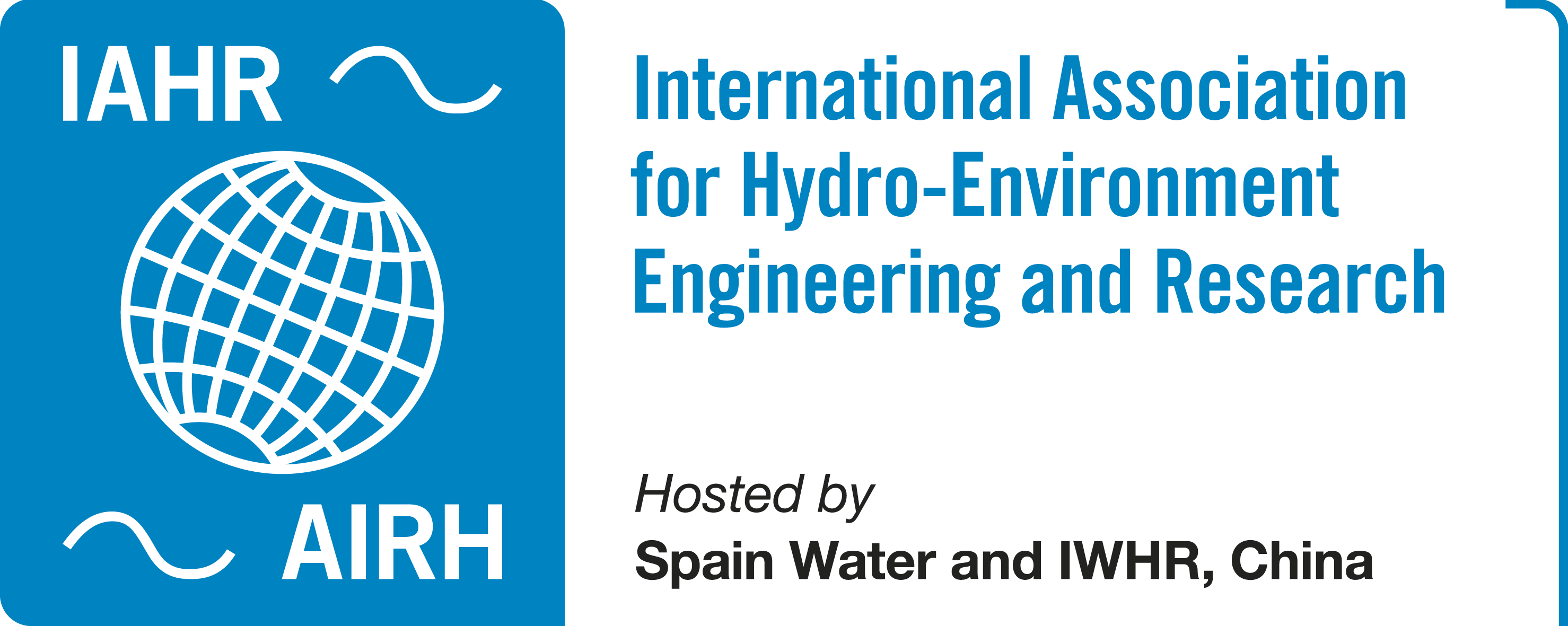- A1 – Interactions between flow, natural elements, and structures
- A2 – Organism-flow interactions: movement, transport, and sensing
- A3 – Ecomorphodynamics: linking flow, sediment and biota, instabilities, and patterns’ formation
- A4 – Ecohydraulics Across Space and Time: from habitats to catchments, instants to decades, and individuals to communities
- A5 – Global change impact, biogeochemical cycles, biodiversity losses, and ecosystem resilience
Session description
This session explores recent scientific advancements in experimental, numerical and theoretical ecohydraulic modelling contributions, stemming from either quantitative, process-based approaches or qualitative, conceptual ones. It explicitly welcomes contributions focusing on the complex interactions between flow, natural elements, and artificial structures (A1). Topics include the influence of boulders, vegetation, wood, and barriers on hydrodynamics, as well as the movement and transport of organisms, fish sensing, and fish-flow interactions (A2). Ethohydraulics, which investigates the behavioral responses of aquatic organisms to hydraulic conditions, is also welcomed. Contributions also address ecomorphodynamics, examining how flow, sediment transport, and ecological processes interact to give rise to process instabilities possibly leading pattern formation in aquatic environments of either perennial or ephemeral streams (A3). Additionally, the session covers ecohydraulics across spatial and temporal scales, from small habitats to entire catchments and from instantaneous events to long-term ecological shifts (A4). By integrating multidisciplinary approaches, this session aims to enhance understanding and predictive capabilities in ecohydraulics, supporting sustainable water management and ecosystem conservation under global change scenarios (A5). Researchers are encouraged to submit work that advances knowledge in any of these critical areas.

